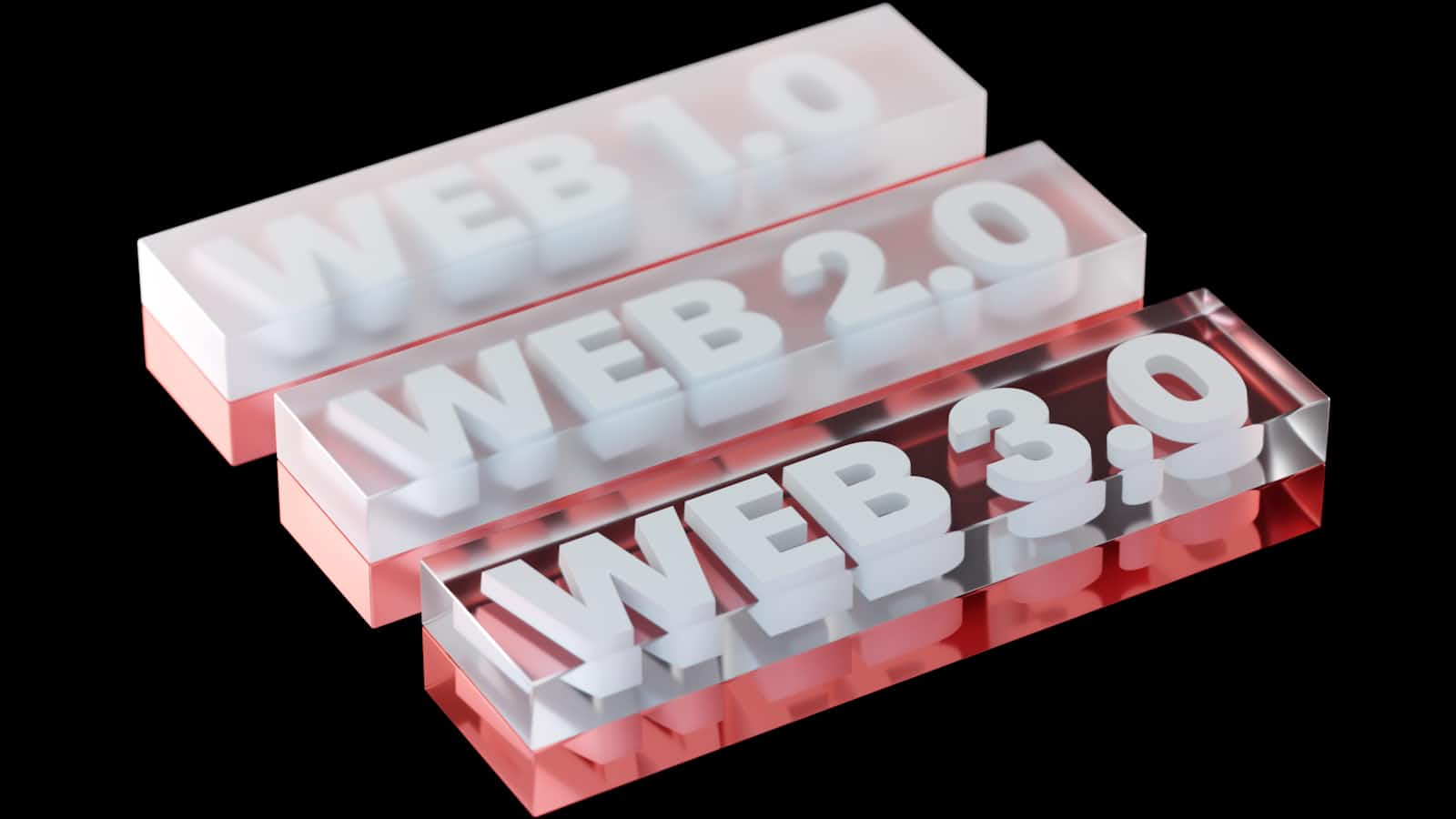Semantic Web and Ontology: Transforming Data into Knowledge
 Fajar Chaniago
Fajar Chaniago
In the vast landscape of the digital world, where information flows ceaselessly, the Semantic Web and Ontology stand as pillars that facilitate the transformation of raw data into meaningful knowledge. This article explores the symbiotic relationship between the Semantic Web and Ontology, delving into their roles, significance, and the transformative power they possess in the realm of information.
The Essence of the Semantic Web:
The Semantic Web represents an evolution beyond the traditional World Wide Web, aiming to imbue data with meaning and context. Tim Berners-Lee, the visionary creator of the World Wide Web, envisioned a web where machines could understand and interpret data, leading to a more intelligent and interconnected digital environment.
At its core, the Semantic Web seeks to enable seamless data integration and interoperability by incorporating standardized formats and protocols. This involves enhancing data with semantic metadata, allowing computers to comprehend the relationships and context between different pieces of information.
Ontology as the Architect of Meaning:
Ontology, in the context of the Semantic Web, serves as the architect of meaning. It provides a structured framework for defining and organizing concepts, entities, and their relationships. Through the creation of ontologies, we establish a shared understanding of the semantics underlying data, fostering clarity and coherence in the digital realm.
Ontologies act as knowledge models, encapsulating domain-specific knowledge in a formalized and machine-readable format. These models define the entities within a domain, their attributes, and the relationships between them. This structured representation forms the basis for machines to navigate and interpret information intelligently.
The Transformative Power:
The marriage of the Semantic Web and Ontology brings about a transformative power that goes beyond mere data representation. It enables machines to reason, infer, and derive new insights from existing information. By encoding knowledge in a standardized and universally understandable manner, this duo facilitates intelligent information processing and decision-making.
Semantic technologies, such as RDF (Resource Description Framework) and OWL (Web Ontology Language), play pivotal roles in realizing the vision of the Semantic Web. RDF allows the creation of triples, expressing relationships between subject, predicate, and object, while OWL provides a rich vocabulary for constructing ontologies with complex logical relationships.
Applications Across Industries:
The impact of the Semantic Web and Ontology extends across various industries. In healthcare, semantic technologies aid in interoperability between disparate systems, improving patient care through efficient data exchange. In e-commerce, ontologies enhance product search and recommendation systems, providing users with more relevant and personalized results. The scientific community benefits from semantic technologies by facilitating the integration of research data and fostering collaboration.
Conclusion:
In conclusion, the Semantic Web and Ontology collectively form a dynamic duo that transcends the boundaries of conventional data processing. Their collaborative efforts pave the way for a web where machines understand, interpret, and harness the true potential of data. As we continue to embrace the transformative power of the Semantic Web and Ontology, we embark on a journey towards a more intelligent, interconnected, and knowledge-driven digital future.
Subscribe to my newsletter
Read articles from Fajar Chaniago directly inside your inbox. Subscribe to the newsletter, and don't miss out.
Written by

Fajar Chaniago
Fajar Chaniago
suka bicarain tentang teknologi, security, tips & trick coding. subscribe untuk mendapatkan informasi menarik lainnya